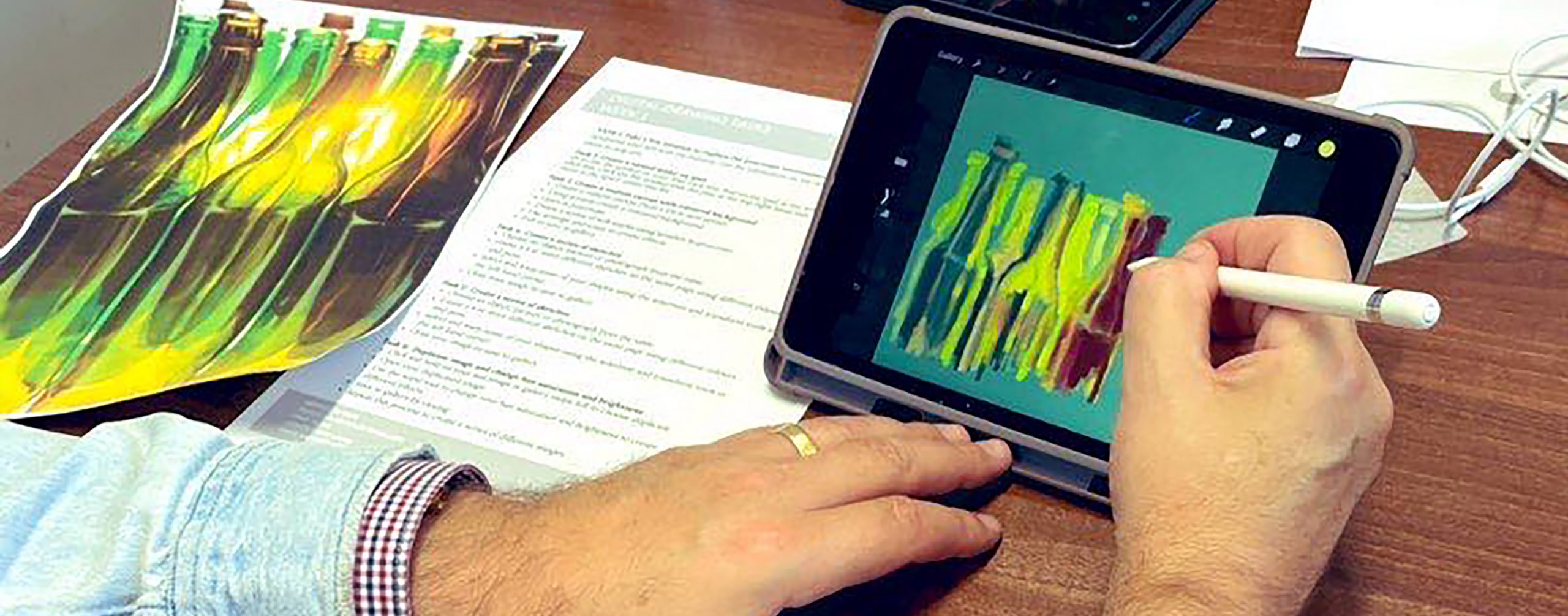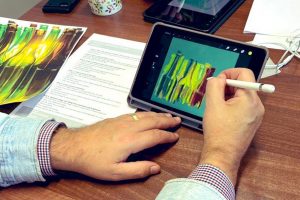Closing the digital divide: Creative approaches to digital inclusion
In today’s world, access to digital technologies is no longer a luxury, but a necessity. The internet and digital devices are essential tools for everyday life, including accessing education, healthcare, and job seeking, as well as a way of staying connected with friends and family. However, not everyone has equal access to these technologies, and this digital divide is a growing concern. So what are community arts organisations doing to combat this?

Working in temporary community spaces and highrise blocks means that we are frequently dealing with the realities of digital exclusion – a lack of digital resources, data and connectivity. Many individuals and communities – particularly those living in poverty – do not have the financial resources to purchase tablets or laptops, especially when more than one is needed per household. Even if an individual has access to a device and internet connectivity, they may not have the skills or experience to confidently use these technologies.
To begin to address these issues, in January 2020 we partnered with the organisations Space2 and Zest to work with a residents group in a highrise building in Seacroft. The aim of this was to support the residents in making a film about their community. We were able to provide them with iPads and data for the sessions through 100% Digital Leeds, who also ran digital literacy sessions to help them develop to their skills.
Unlike previous community workshops we had delivered, the digital resources available meant that residents could also borrow the devices to continue working on their project in between our sessions, as well as using them to access other apps and services. This exponentially increased the speed with which they developed their creative and digital skills within the time period of the workshops, and we were able to screen the finished film online.
Now, post-pandemic, it has become even clearer how vital these skills and technologies are in enabling people to engage in their communities and in society as a whole. Thankfully, there are a host of funds and services dedicated to addressing the issue of digital exclusion. These include the new Digital Inclusion Fund by Leeds Community Foundation and 100% Digital Leeds, who recently awarded us a grant to purchase our own set of iPads for use in the community.
As part of this project, we have been delivering free Procreate workshops from our base in Armley Community Hub and Library as a way to help people develop their skills in illustration and pattern design, as well as finding ways to market and sell their work online. We asked some of our previous attendees what they thought and this is what they had to say:
“Fantastic short course exploring the pattern design tools available on ProCreate. It was great for me, as someone who mainly uses traditional artistic equipment, to be given the guidance and opportunity to reconnect with digital design.”
Kelly McCarthy
“The digital inclusion workshops have given my art practice a new perspective.”
Dawn Smallwood
“I was a complete novice to ProCreate, but I found it very easy to follow, and I shall be using it to help with designing cards and images for lino printing.”
Sand Croft
Of course, learning a particular software is only one part of the puzzle. But through engaging with technology in creative ways, we can also introduce other elements, such as using email and cloud storage, sharing on social media, online safety, and understanding print on demand services, as well as a range of soft and functional skills. We’ll be starting our new sessions in basic animation and GIFs on 31st January, so if you, or someone you know, lives in social housing, or is on a low income, and wants to learn new digital creative skills, sign up here.
